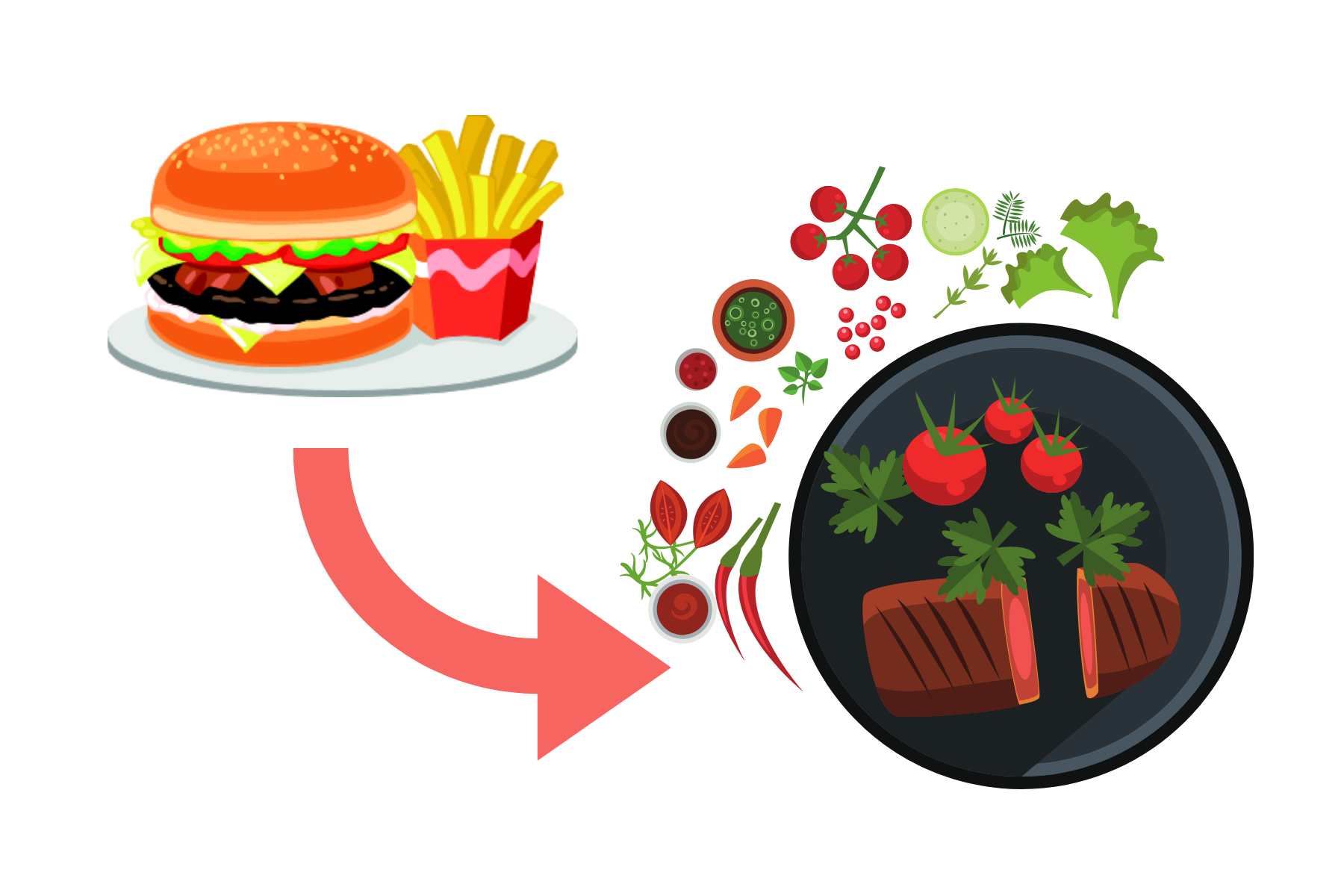Possibilities in a Pie Plate — or Crèche
December 16, 2022
Why Do Only 1/3 of Americans Work with a Financial Advisor?
February 15, 2023
In December 2019 the House changed several rules that govern how Americans can accumulate and distribute retirement savings when they passed the SECURE Act (Setting Every Community Up for Retirement Enhancement). It had about a dozen provisions and by far the most significant was “the death of the stretch,” ending the opportunity for most non-spouse inheritors of IRAs to stretch the required distribution over their lifetimes. Instead, the rules force a distribution within 10 years for most types of non-spouse beneficiaries.
Congress had been working on this change for years, in part because when Individual Retirement Accounts (IRAs) were designed it was expected that the accounts would be like a gas tank. A person would fill the tank during their working years and during retirement they would deplete the tank, arriving at the end of their life’s journey just in time.
This is where the Required Minimum Distribution (RMD) comes in. The factor that the account value is divided by is set by actuarial tables to facilitate this emptying of the tank.
And then life happened, which means change happened. People are living longer than predicted and the balance in tax-deferred accounts ballooned.
Tax-deferred is a great word for people like me who help people grow their money. But for the government it presents some serious problems. All that money wasn’t being taxed. It wasn’t being taxed during the saver’s lifetime, and it wasn’t being taxed very quickly after death. The death of the stretch addressed that, and then the work continued.
SECURE 2.0 passed in December 2022. This time there are about 100 provisions but on a much smaller scale in terms of impact than the few that came in SECURE Original. This month I’m highlighting some of the changes most likely to affect my clients and their families.
The age you need to start taking Required Minimum Distributions (RMDs) has changed, and for some people this means five more years of deferring taxes than you had been expecting. For taxpayers who work with tax-aware and proactive financial planners like me, this is likely to be a good thing. But without attention to the tax impact, it creates the potential for fewer years to spend down the account and therefore an even bigger tax burden to non-spouse beneficiaries.
The change is phased-in depending on birthday:
- Born before 1951: no change to RMD age
- Born between 1951-1959: pushed back from age 72 to age 73
- Born between 1960 or later: pushed back to age 75
The option to make a Qualified Charitable Distribution (QCD) from your IRA is linked in many savers’ minds to their RMD so it’s important to know that the QCD age is not changed. It is still 70 ½. The benefit of doing a QCD before your RMD starts would be that you are making the gift with pre-tax dollars but lost is the benefit of offsetting your RMD because up until your new RMD age you won’t need to distribute anything if you don’t need the funds to live on. The QCD limit per year is $100,000 and this limit will now be indexed to inflation.
There is a one-time ability to use a QCD to fund a split-interest entity such as a Charitable Remainder Trust. However, the limitations on this option will likely disappoint those who consider it. The biggest hurdle is the maximum amount: $50,000. A married couple would be limited to funding the trust with $100,000 and they can be the only people who benefit during their lifetime with the remainder going to a charity. These trusts have set-up and ongoing expenses that likely make this an insufficient funding level to make the trade-offs worthwhile.
There are several changes to the costs of making mistakes around IRAs. The penalty for missing an RMD or not taking enough used to be 50% and it is decreased to 25% and potentially 10%. The Statute of Limitations for certain IRA penalties is reduced to 3 years for RMDs and 6 years for excess contributions.
The IRA catch-up contributions will be indexed for inflation effective 2024. The 401k and similar plan Catch Up Contribution Limit has been increased in 2025 for participants who turn 60, 61, 62 or 63 during the year. For high wage earners (more than $145,000), effective in 2024 the Catch Up Contribution in an employer plan will be required to go to the Roth option.
There are a few more changes related to Roth IRAs and Roth accounts in retirement plans like 401k or 403b. Importantly, there is no change to the Roth conversion strategy. This is where you distribute an amount from your IRA, pay tax on the distribution, and move the amount that had been in your IRA to your Roth IRA. This strategy got increased attention from those savers who prioritize minimizing the tax burden to their beneficiaries because the “death of the stretch” potentially causes a significant increase in taxable income at a time when adult children are at the top of their own earning years.
Roth-related changes include eliminating the RMD previously required in employer retirement plans, which aligns it with the rule for Roth IRAs outside such plans. SEP and SIMPLE IRA accounts now have a Roth version. Employers previously couldn’t make matching contributions to the Roth side of a 401k/403b and now they can, but it will be taxable income to employees.
The possibility exists now to transfer funds from 529 plans to Roth IRAs, but the rules are complicated, and this might not be as attractive as the hype around it suggests. This is particularly because the amount that can be moved each year is small and coordinates with other IRA contributions (but the Roth income limit doesn’t apply).
For those making student loan payments there is now the possibility for employers to match those payments as if it were an employee deferral.
For those who find themselves in a bind after they’ve deferred compensation to an employer plan and then need the money for emergency expenses, the rules have been relaxed and there is a new provision for linking emergency savings accounts that can be eligible for employer matches.
